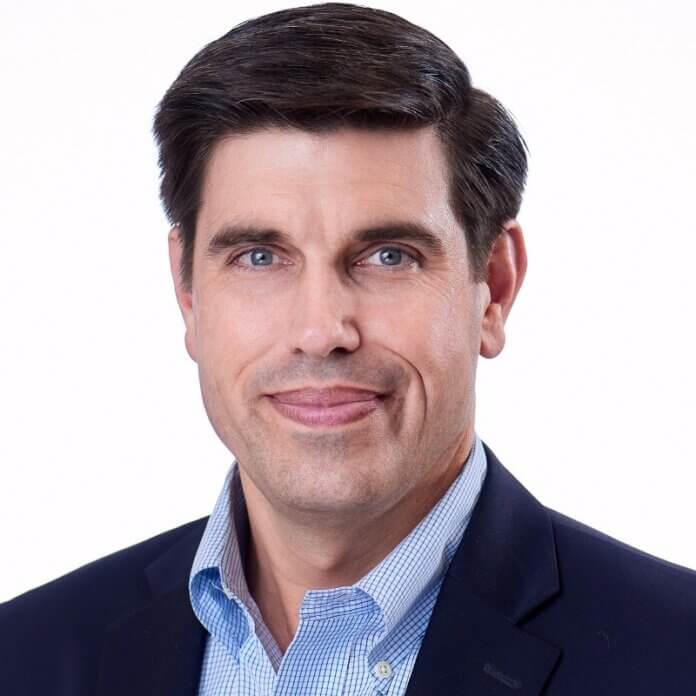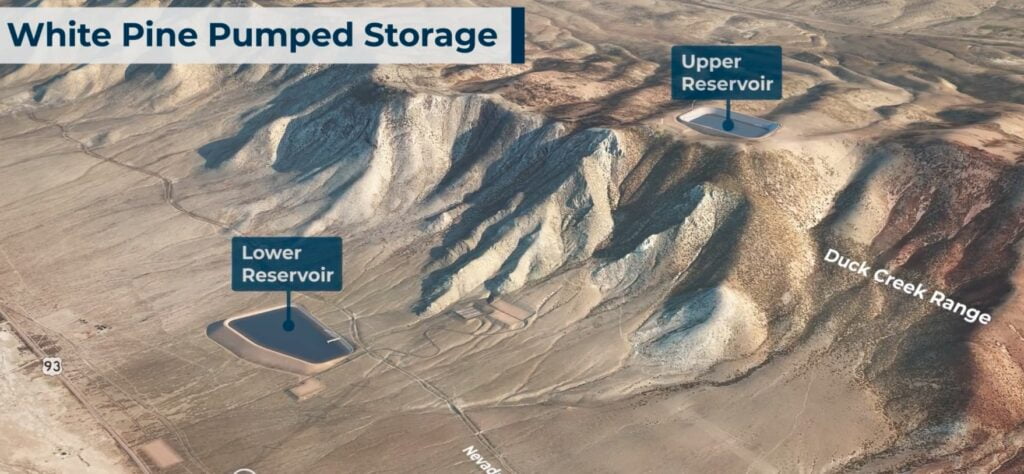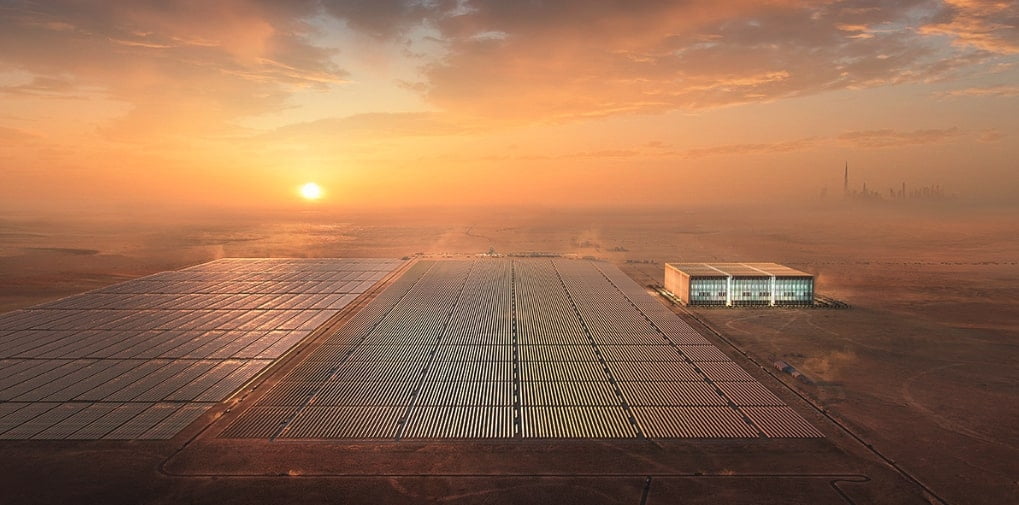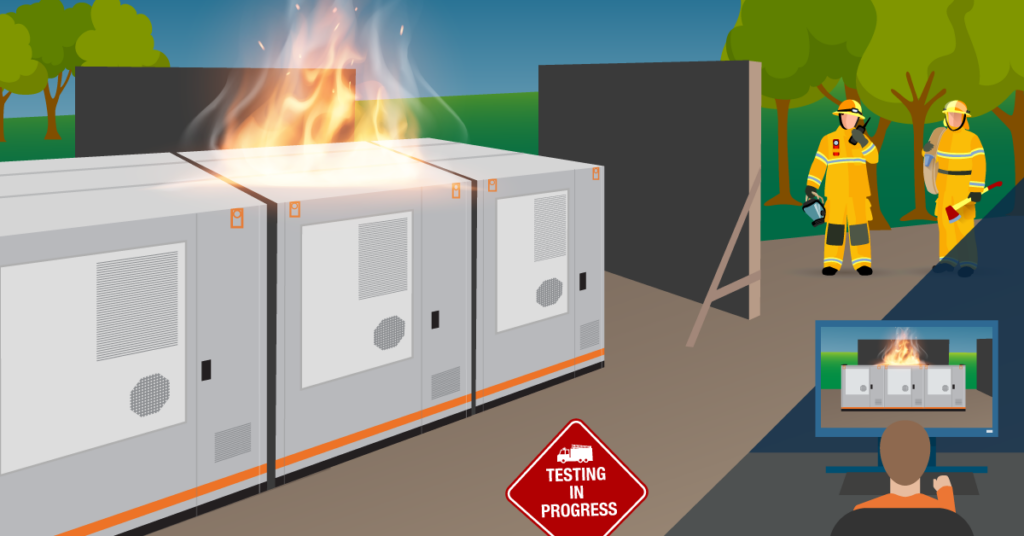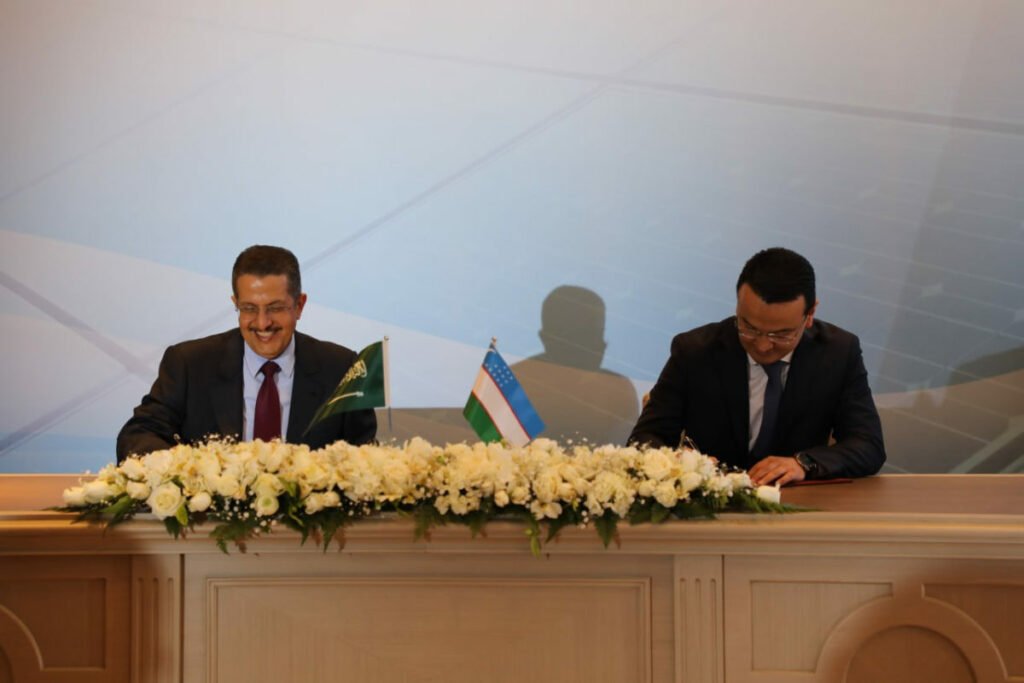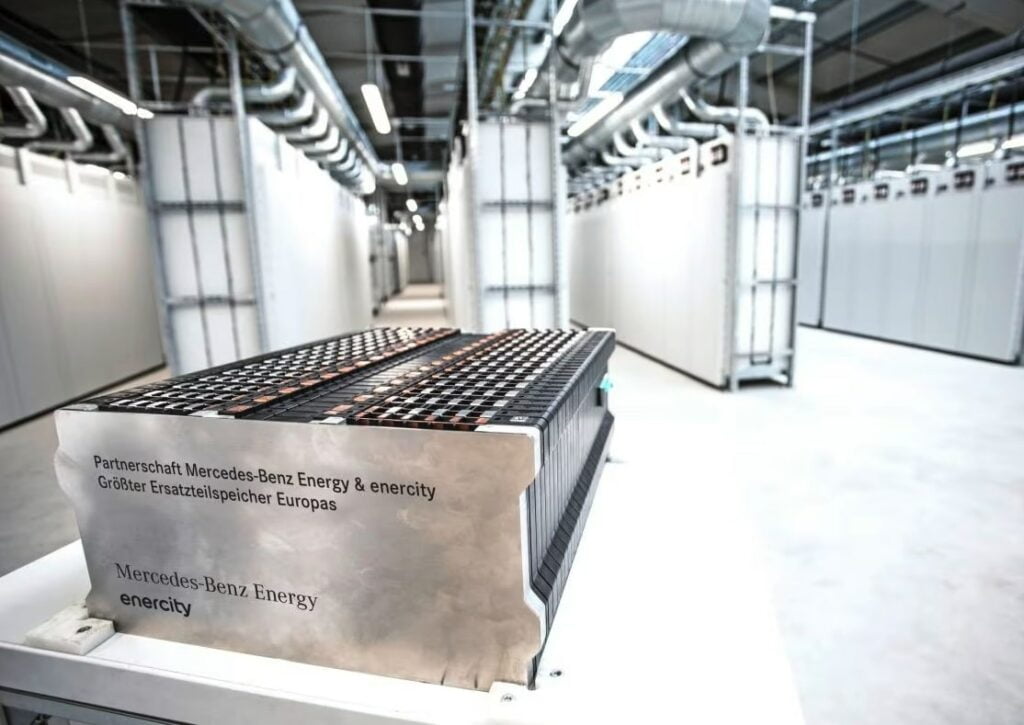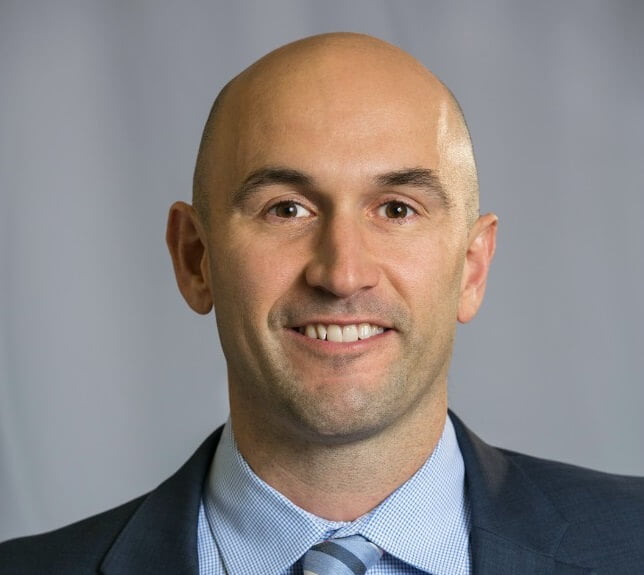Image: Wärtsilä.
Energy storage’s incredible versatility and usefulness to the US electric grid, and to the global energy transition, can’t be fully unleashed unless the industry and its stakeholders take a comprehensive approach to fire safety, write Nick Warner of Energy Safety Response Group (ESRG) and Darrell Furlong, Wärtsilä.
The US electricity grid is transforming. Renewable energy sources like wind and solar are playing an increasingly significant role in power production, and energy storage has emerged as an ideal counterpart. Battery systems store energy and wait on stand-by, ready to dispatch it into the grid when the wind isn’t blowing, the sun isn’t shining, or when demand for electricity is particularly high.
Beyond supporting renewables, energy storage is also being used to keep the lights on. Against the backdrop of extreme weather across the south, wildfires in the west, and aging grid infrastructure across the country, rolling brownouts and prolonged blackouts have become more common. Energy storage plays a critical role in making the grid more resilient against these energy failures.
While energy storage has become an essential building block of the grid, a handful of high-profile fires at large energy storage facilities have raised serious safety concerns. Failing to address fire concerns would not only hinder the energy storage industry and slow the transition to net zero, but also leave us exposed to the threat of blackouts and brownouts. So, what is the industry doing to reduce fire risks?
Being clear about the challenges we face
Commentary about fire safety in the energy storage industry is usually limited to one key challenge: single-cell thermal runaway. This is a phenomenon where battery cells generate heat faster than it can be dissipated. Although single-cell thermal runaway dominates the conversation, the reality is more complex.
The focus on managing this one challenge ignores a number of safety risks that frequently play a role in fires at energy storage facilities.
Energy storage units are complex systems and require broader systems-level thinking. Engineers are looking at the macro scale when considering where fire risks come from, including the human and environmental factors that carry significant fire risks.
This kind of clarity – and moving beyond the fixation on thermal runaway – is allowing the industry to address the root cause of fire risks, rather than the symptoms. In turn, engineers are designing stronger safety features to meet a broader spectrum of risks.
Developing fire safety standards and testing
This expanded focus is being reflected in the development of new fire safety standards that govern the industry. Energy storage providers pursue certifications to impart confidence to their customers that the battery systems they are buying adhere to industry best practices.
To date, the core standards and testing methods (including UL 9540 and UL 9540A) were primarily concerned with single-cell thermal runaway risks. However, recent updates and industry learnings have shifted the focus to broader fire testing, moving beyond the fixation on single-cell thermal runaway to requiring manufacturers to test against multiple-cell thermal runaway too.
In 2023, we will likely see greater efforts to reinforce this broader systems-level thinking. For example, there is a growing requirement for heat flux analysis, and a focus on the impact that explosion protection systems have on fire dynamics and propagation.
In parallel to product standards, fire codes are being developed to cover the entire lifecycle of energy storage facilities, including everything from their design, construction, balance of plant and commissioning, to operation, maintenance, and decommissioning.
These fire codes require compliance with a number of other standards, which cover electrical safety (NFPA 70/NEC), alarms and detection (NFPA 72), fire suppression (NFPA 13 and NFPA 15) and protection against explosions (NFPA 68 and NFPA 69).
Fire safety commentary is usually limited to one key challenge: single-cell thermal runaway. Image: ESRG.
Exceeding the mandatory requirements
Meeting and exceeding fire safety standards involves rigorous testing, sometimes including intentionally igniting a fire within an energy storage system. Performing these tests reveals important information to the manufacturer, first responders, and asset owner about how the system will react in the highly unlikely event of a catastrophic failure. To get the most accurate results, energy storage providers should complete in-person tests of the worst-case scenario, rather than calculations or simulations.
Some manufacturers have also chosen to complete testing beyond the mandatory requirements to provide additional assurance to customers and stakeholders that the systems are safe.
The industry’s model fire codes (IFC and NFPA 855, and their adopted state codes) require that testing is done as per UL 9540A, but safety conscious manufacturers have expanded their testing to go beyond the focus on thermal runaway. In some cases, they have sought to validate their explosion protection systems using full scale testing as well.
Working with regulators and first responders
The energy storage industry is also increasing communication with the local regulators responsible for enforcing the safety codes, the Authority Having Jurisdictions (AHJs). In many cases, local officials feel they don’t have enough information about the causes and implications of fires at energy storage facilities, let alone the solutions.
Energy storage providers are working with non-profits and trade organisations to standardise best practices and disseminate knowledge to AHJs across the country. Similarly, energy storage providers can work with the fire service, subject matter experts, and first responders to host training on emergency preparedness.
Focusing on fire safety in 2023
If the US is to reduce greenhouse gas emissions by 50% by 2030 and improve grid resiliency, the country will need to install a total of 100 gigawatts (GW) of energy storage in less than a decade. As energy storage proliferates, we will see battery facilities edge into urban areas, high-density communities, and the urban-wildland interface making fire safety an even greater priority.
By being clear about the challenges we face, developing our fire safety standards and working more closely with regulators, the energy storage industry can alleviate safety concerns, streamline project development, and ensure the energy grids receive the support from battery storage that they desperately need.
About the Authors
Nick Warner is co-founder and managing principal of Energy Safety Response Group (ESRG). Prior to founding the company, Nick worked as an independent consultant through Warner Energy Storage Solutions and was a senior test engineer at DNV GL working with Laboratory Services and with Distributed Energy Resources in Energy Advisory developing and leading their energy storage safety and testing efforts including explosion modeling, risk analysis, and code development efforts. Nick has applied his experience in battery testing and permitting to supporting battery safety systems integration, code and standards development and the evaluation of materials and sensors for passive and active safety applications.
Darrell Furlong Wärtsilä’s director of product management and hardware for the energy storage and optimisation business line. Prior to Wärtsilä, Darrell was the Director of Electrical Engineering at NECES, where he was responsible for the electrical engineering development on energy storage products. Darrell was also VP Engineering at Gridco Systems, where he was an active member of the IEEE 1547-2018 standardisation effort to define the grid interconnecting technical requirements for distributed energy resources (DER).
Energy-Storage.news’ publisher Solar Media will host the 5th Energy Storage Summit USA, 28-29 March 2023 in Austin, Texas. Featuring a packed programme of panels, presentations and fireside chats from industry leaders focusing on accelerating the market for energy storage across the country. For more information, go to the website.
Continue reading


